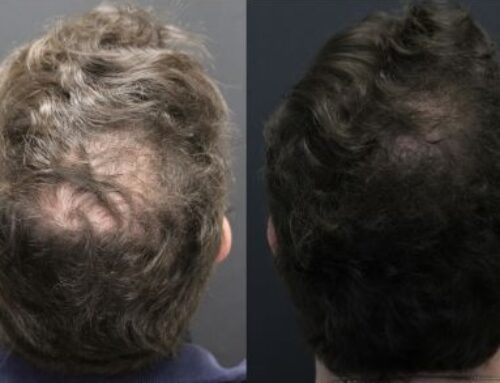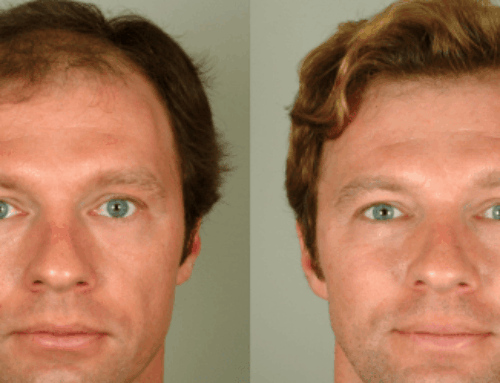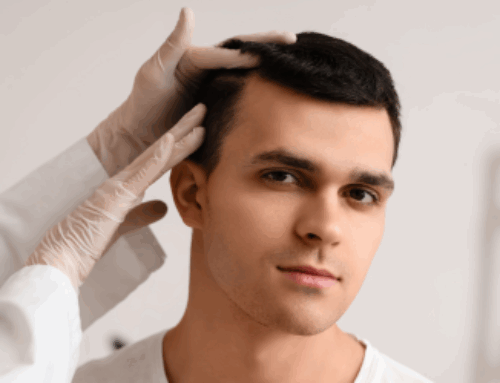When it comes to hair transplants, the number on your ID isn’t just a detail; it’s a critical part of the decision.
For ethical surgeons, the age of 25 is widely considered the minimum threshold for safe and effective hair restoration. Below that line, your hair loss pattern is still evolving, and your brain’s long-term reasoning centers are still developing. That makes under-25 patients particularly high-risk.
“I’m less reluctant to operate on someone over 80 than I am under 25.”
– Dr. Haber
What’s the Best Age to Get a Hair Transplant?
Most experts agree that the ideal age for a hair transplant is somewhere between 25 and 40, when your pattern of hair loss has stabilized and your expectations are more grounded in long-term outcomes. There’s no strict age limit to getting a transplant; older patients can be excellent candidates. What matters more is health, hair quality, and realistic expectations.
Under age 25, surgeons tend to raise caution flags, not because hair loss doesn’t matter, but because it’s too early to know how far it will progress.
Is There a Minimum Age for Hair Transplants?
Legally, hair transplants can be performed as early as 18, but very few ethical clinics will recommend it unless there’s a unique medical or cosmetic reason, such as trauma, scarring, or congenital conditions.
For male pattern baldness, however, surgeons typically consider 25 the minimum age for general cosmetic procedures. Before that, the risk of unpredictable progression and long-term regret is high.
Why Transplants in Younger Patients Often Backfire?
Here’s the real risk: A young man gets a transplant to fix a thinning hairline. It looks great, for a few years. But then the surrounding native hair continues to fall out, leaving behind an isolated “strip” of transplanted follicles that no longer blend with the rest of the scalp.
In many cases, the area that’s been transplanted becomes the only hair left, with no backup plan and limited donor hair to correct it.
Common long-term issues in early-age transplants:
- Unnatural hairline placement that doesn’t match adult facial structure
- “Island effect” as the surrounding hair disappears
- Donor area depletion from too many early grafts
Are There Exceptions for Younger Candidates?
Yes, but they’re rare and carefully evaluated. For example, a 21-year-old with a small scar in the hairline and no signs of active hair loss might be considered, on a case-by-case basis, for a minor touch-up procedure.
“If someone has no pattern hair loss and just a scar, I’d consider transplanting that small area. But otherwise, I’m cautious.”
The key is not just age, it’s context, diagnosis, and ethics.
The Real Role of Ethics in Hair Transplant
Some clinics fear that turning down young patients means losing business. But the best surgeons know that saying “not yet” is a long-term trust builder.
“I’ve gotten so many referrals from patients I said no to. They came back later, because I was honest.”
Patients often feel more respected when a surgeon explains the risks clearly rather than offering a quick yes to make a sale.
Red Flags: Clinics That Target the Young
Some hair clinics actively advertise to men under 30, hoping to cash in on insecurities. That’s a problem, because most men under 30 haven’t finished losing their hair yet.
If a clinic’s average patient is in their early 20s, that’s a red flag. They may not be planning for your future; they’re just trying to fix your present.
Watch for warning signs:
- No mention of long-term hair planning
- Aggressive sales tactics or limited consultation time
- Promises of “permanent results” without explaining maintenance
So, What’s the Right Age for a Hair Transplant?
There’s no magic number for everyone, but here’s a general guide:
| Age | Recommendation |
| Under 18 | Rarely appropriate except for trauma or congenital cases |
| 18–24 | Very high caution; only ethical with clear, non-pattern causes |
| 25–40 | Ideal window: Pattern is clear, expectations mature |
| 40+ | Still very viable, often with better perspective and expectations |
Bottom line: The best age for a hair transplant is when your hair loss pattern is stable, your expectations are realistic, and your long-term plan is solid.
The Best Hair Transplants Start with Patience
Hair loss can hit hard, especially when you’re young. But rushing into surgery too early can create long-term cosmetic problems that are difficult (and expensive) to fix.
If you’re under 25 and considering surgery:
- Look for a surgeon who might say “not yet”
- Ask about non-surgical options first
- Focus on long-term care, not quick fixes
Good hair restoration isn’t just about grafts, it’s about timing, planning, and trust. If you’re looking for a hair transplant consultation, the team at Haber Dermatology specializes in hair transplant procedures that restore natural appearance and confidence.
With decades of experience in both cosmetic dermatology and hair restoration surgery, Dr. Haber is internationally recognized for his precision, honesty, and results-driven care. Schedule a private consultation to discuss your concerns and explore personalized solutions.



